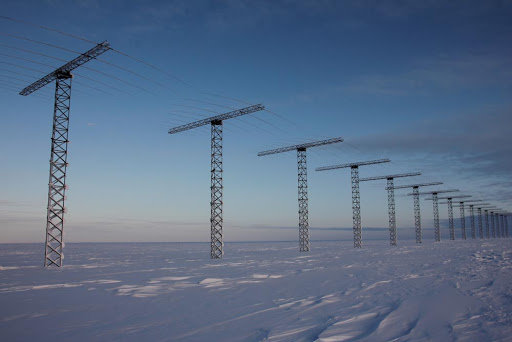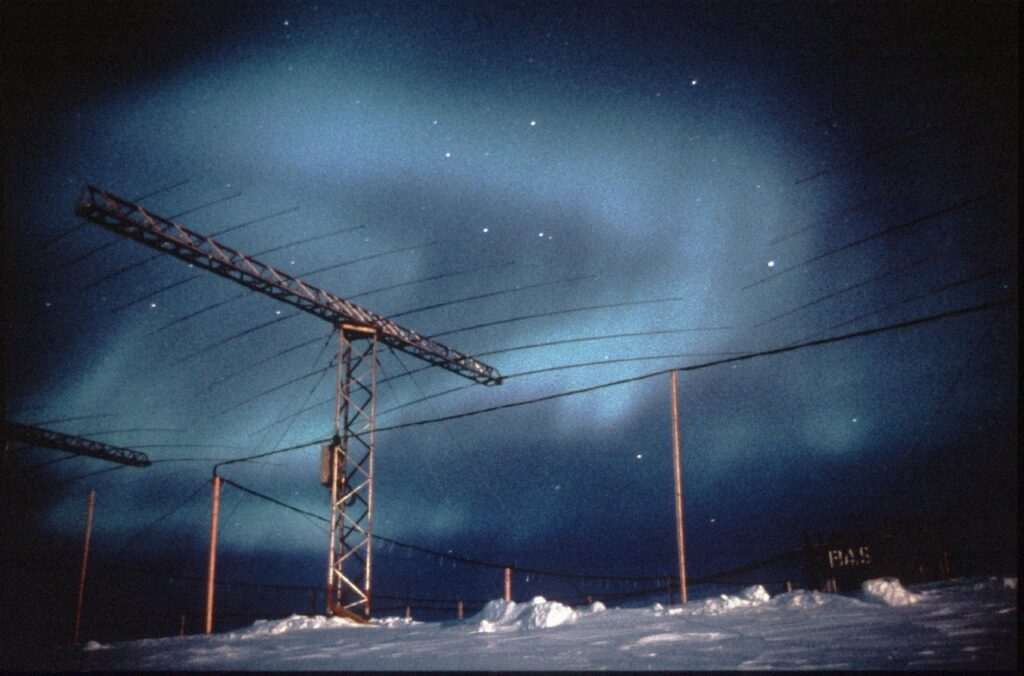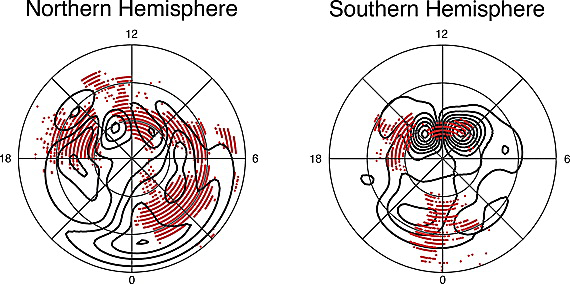Hemispheric Asymmetries in Geospace
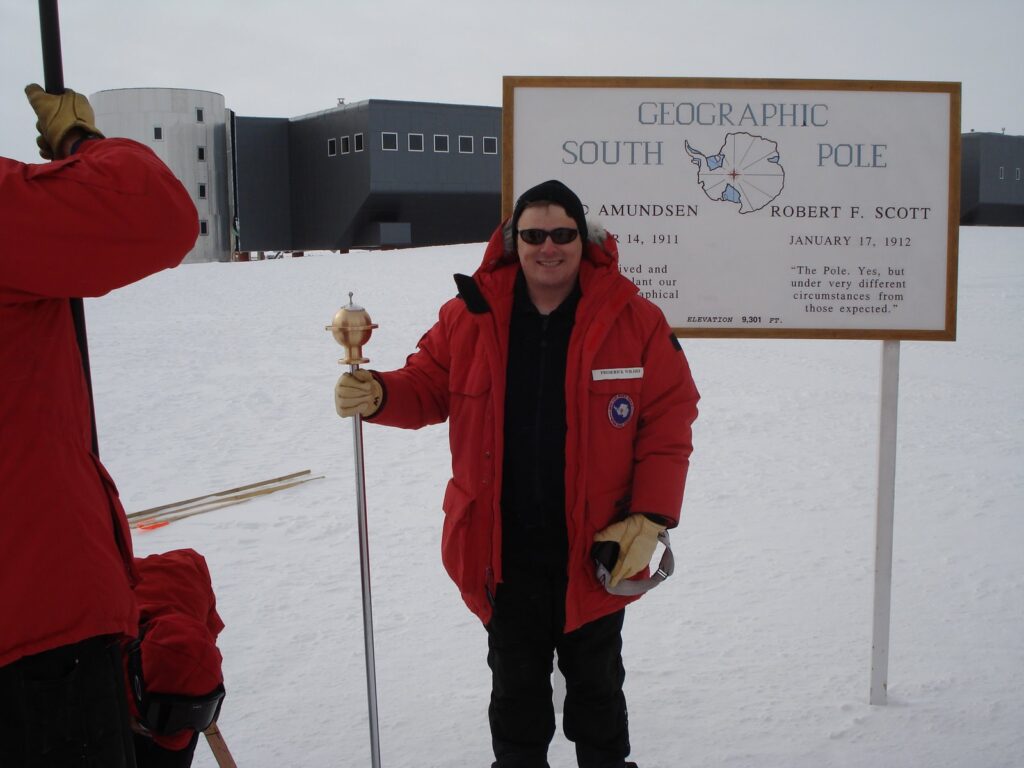
One of the big unknowns in magnetospheric physics is how asymmetries in the magnetic field between the northern and southern poles can impact the space environment as a whole. With sophisticated models and expanding ground and space instrument coverage, we have an opportunity to finally address hemispheric asymmetries in geospace. To that end, I am helping with the Center for Unified Studies of Interhemic Asymmetries (CUSIA) DRIVE center, funded by NASA (PI: Dr. Daniel Welling, UT Arlington).
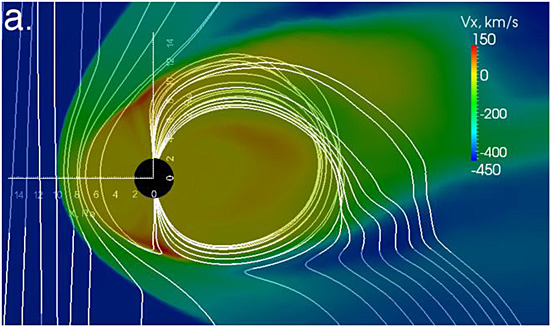
The main tools I use include in-situ data from MMS, as well as maps of polar ionospheric plasma convection measured by radars. These allow us to characterize the state of the magnetosphere-ionosphere system. To measure plasma convection in the ionosphere, we use data from the Super Dual Auroral Radar Network (SuperDARN), a network of radars that allow us to make maps of plasma flows.
